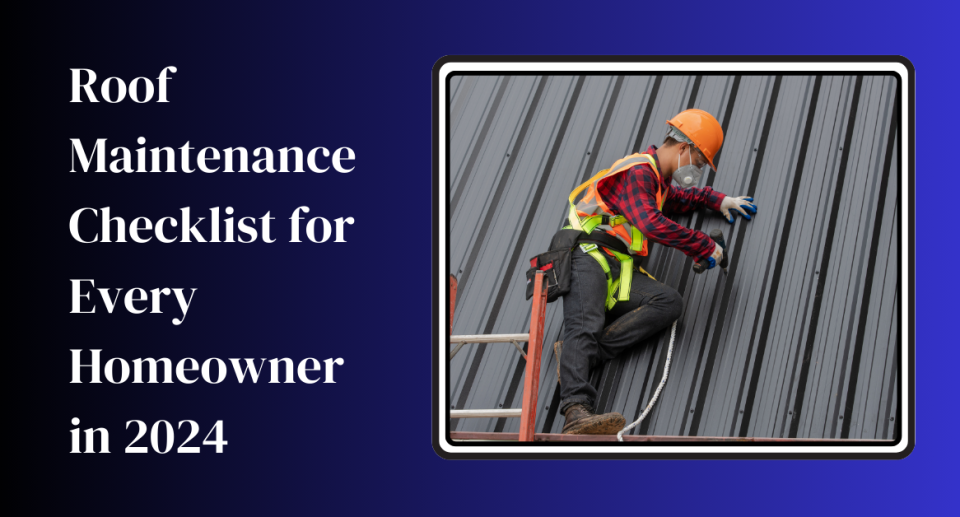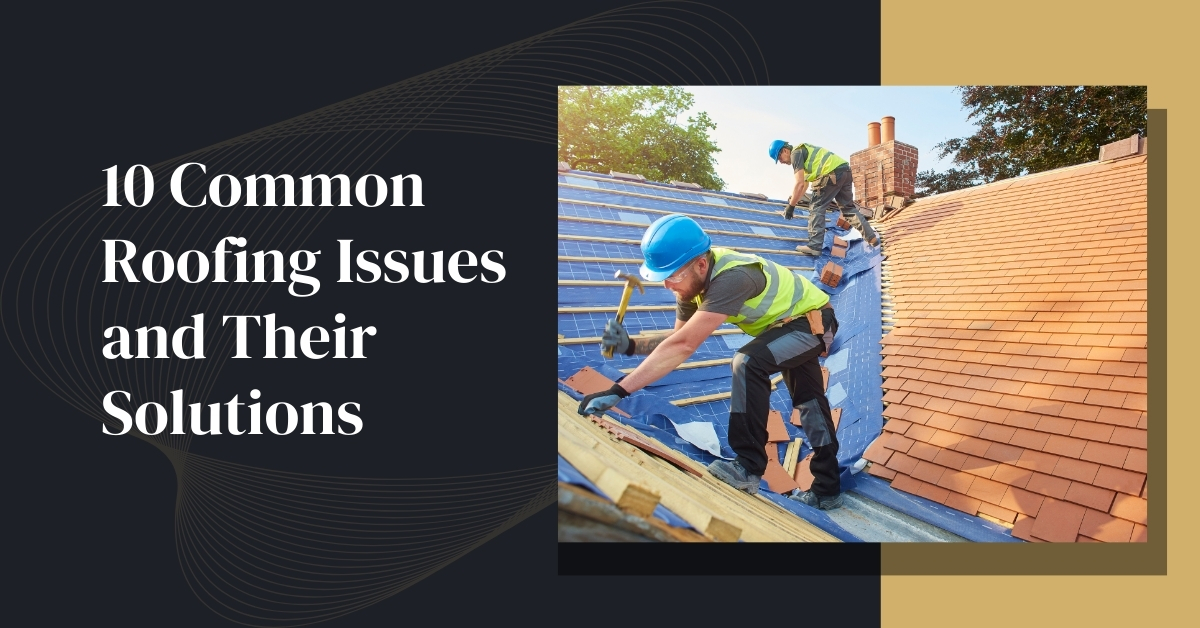Maintaining a roof is essential for preserving the integrity of your home and ensuring the safety and comfort of its occupants. With the changing seasons and varying weather conditions, roofs are subject to wear and tear that can lead to significant issues if not addressed promptly. Regular roof maintenance helps to identify potential problems early and extend the life of your roof, saving you from costly repairs or replacements
What is Roofing Repair?
Roofing repair involves fixing issues on the roof that can compromise its functionality and structural integrity. This can include patching leaks, replacing damaged shingles, sealing cracks, and addressing any other problems that prevent the roof from effectively protecting the home. Regular roofing repair is crucial to maintaining the roof’s longevity and preventing small issues from developing into major problems. Proper roofing repair ensures that your roof can withstand harsh weather conditions, provides adequate insulation, and maintains the overall aesthetics of your home.
Why Do You Need Roof Repair?
You need roof repair to fix leaks and damaged shingles. This prevents bigger problems and costly repairs later. Regular roof maintenance extends your roof’s life and protects your home from weather damage. It also keeps your home’s value high and ensures that everyone inside stays safe and comfortable. By fixing issues early, you save money and avoid major damage.
Here are the Roof Maintenance Checklist to Follow
1. Interior Signs of Roof Problems
Start your roof maintenance by checking the interior of your home for common roofing problems Look for water stains, mold, or mildew on ceilings and walls, which can indicate a leak. Also, inspect the attic for any signs of moisture or daylight peeking through, as these can be indicators of roofing issues
2. Check for Cleanliness
Ensure your roof is clean and free from debris such as leaves, branches, and dirt. Accumulated debris can trap moisture and lead to rot or mold growth. Regular cleaning prevents these issues and helps to maintain the roof’s condition.
3. Check the Roof Surface
Inspect the roof surface for any signs of damage. Look for cracked, curling, or missing shingles, as well as any signs of wear and tear. Pay special attention to areas around chimneys, vents, and skylights, as these are common spots for leaks.
4. Expansion Joints
Check the expansion joints on your roof for any signs of wear or damage. Expansion joints are critical for allowing your roof to expand and contract with temperature changes. Damaged expansion joints can lead to leaks and structural issues if not addressed promptly.
5. Flashings
Inspect the flashings around roof penetrations such as chimneys, vents, and skylights. Flashings are designed to prevent water from seeping into the roof at these points. Ensure they are secure and free from rust or damage. Replace any damaged flashings to prevent leaks.
6. Drains
Ensure that all roof drains are clear and functioning properly. Blocked drains can cause water to pool on the roof, leading to leaks and potential structural damage. Regularly clean and inspect drains to prevent water buildup.
7. Exterior Structural Components
Examine the exterior structural components of your roof, including the fascia and soffits. Look for signs of damage, rot, or pests. These components play a crucial role in supporting your roof and keeping water out, so it’s important to keep them in good condition.
8. Pipe and Equipment Supports
Inspect the supports for any pipes or equipment mounted on the roof. Ensure they are secure and in good condition. Loose or damaged supports can lead to roof damage and potential leaks.
9. Stairs and Railings
If your roof has access stairs or railings, inspect them for stability and safety. Ensure that all railings are secure and that stairs are free from damage or obstructions. Proper maintenance of these components is essential for safe roof access.
10. Safety Signage
Check for appropriate safety signage on your roof, especially if there are areas that pose potential hazards. Clear, visible signage helps to ensure the safety of anyone accessing the roof for maintenance or repairs.
Why Do You Need Roofing Repair Contractors?
1. Early Detection and Prevention: Roofing repair contractors can spot and fix issues early, preventing serious damage and costly repairs, ensuring your roof stays in good condition for longer.
2. Expertise and Longevity: With their expertise, contractors ensure your roof remains strong and durable, extending its lifespan and preventing frequent repairs.
3. Safety and Efficiency: Equipped with the right tools and materials, contractors perform repairs safely and efficiently, addressing problems like shingle replacement, leak fixing, and structural issues.
4. Protection from Elements: Contractors make sure your roof is leak-free and strong, protecting your home from rain, wind, and pests, thereby maintaining the structural integrity of your house.
5. Cost and Value Benefits: Hiring professionals saves time, ensures correct repair work, avoids DIY risks, and improves your home’s energy efficiency and value through regular maintenance.
Conclusion
Regular roof maintenance is important to protect your home and extend the life of your roof. Use this step-by-step checklist to find and fix problems early, avoiding expensive repairs. Regular maintenance keeps your roof in good condition all year. Don’t wait for problems to start—maintain your roof regularly for peace of mind. If you need help, consider hiring a roof repair contractor in Friendswood, TX. They can keep your roof in excellent shape and fix any issues quickly.





